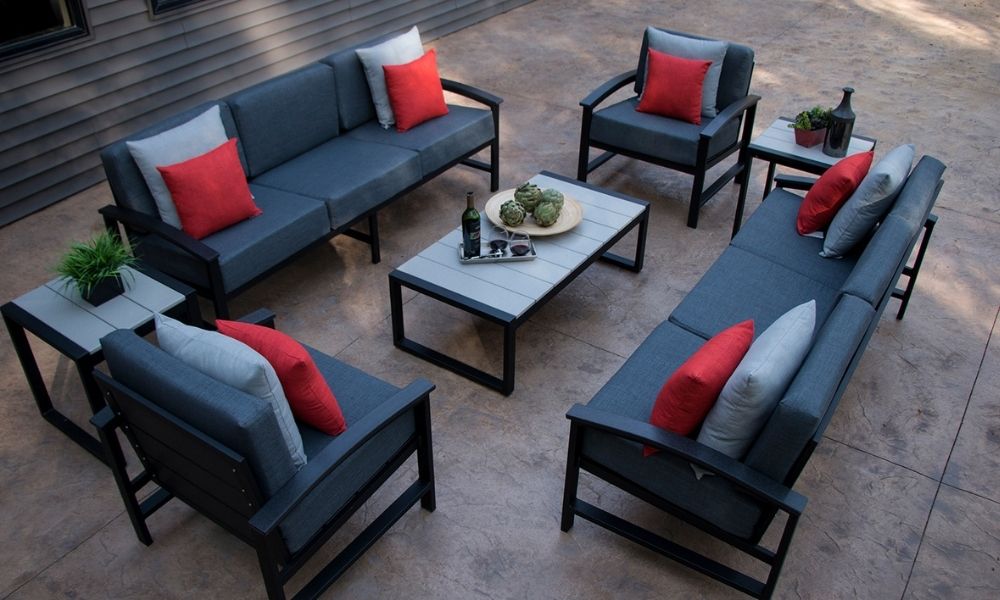Pros and Cons of Using Recycled HDPE Plastic

HDPE plastic is one of the best materials on the market. While new and exciting, there are many applications to consider when using this product. Still, compared to other traditional materials like wood, brick, or concrete, HDPE plastic may not seem as viable. This guide is here to prove otherwise. Here are some pros and cons of using recycled HDPE plastic you’ll want to know.
Pro: It’s Environmentally Friendly
One of the main pros of recycled HDPE plastic is that its environmentally friendly. HDPE plastic is both made up of recycled materials and therefore acts as a recyclable material. HDPE plastic is composed of high-strength polymers, so it’s used in various products like plastic bottles, pipes, and toys. With that, recycling centers can repurpose these items into continuously molded plastic for plastic lumber and boards as a strong, green construction material. There’s less need for new material, thus reducing any deforestation or manufacturing—both of which have devastating environmental impacts.
Pro: It’s Exceptional
As previously mentioned, HDPE, or high-density polyethylene, offers strong resilience compared to other conventional materials like wood, brick, or concrete. Given that, it’s a viable material for many indoor and outdoor applications. HDPE plastic is exceptional in residential, commercial, industrial, and marine applications. It has natural weather resistance, moisture resistance, and heat resistance to make it a low-maintenance option. Additionally, HDPE plastic is inherently resistant to termite infestation, fungi, and wood-rot.
Pro: It’s Versatile
Another one of the pros and cons of using recycled HDPE plastic is that it’s versatile. Whether it’s used for outdoor decking, fencing or farm stables, there are many options for HDPE plastic to consider. One of the most common uses of HDPE plastic wood is marine-grade decking. HDPE plastic is naturally moisture-resistant, so there’s no risk of rot or degradation. More so, it cuts, shapes, and finishes the same as traditional wood. However, since it’s weather-resistant, HDPE wood only alters in extreme temperature conditions. That means for outdoor applications you don’t need additional finishes or agents to protect it from outdoor elements.
Con: It’s Different
Without delving too deep into the cons of HDPE plastic, one thing to consider is that it’s different from conventional materials. While the possibilities for HDPE plastic are limitless, many contractors still opt for traditional materials because they’re familiar with them. Furthermore, HDPE plastic expands under high thermal temperatures, and it’s non-resistant to chlorinated hydrocarbons or oxidizing agents. Even still, the pros outweigh the cons. Contractors, engineers, architects, and even homeowners can optimize the advantages of HDPE plastic without sacrificing cost, integrity, or durability in their projects.
When looking for HDPE products for your next project, check our selection at Tangent Materials. Tangent offers recycled plastic lumber at an affordable price that stands up to any other material. Our products perform better, last longer, and look sharper than conventional materials. Call now for more information.












